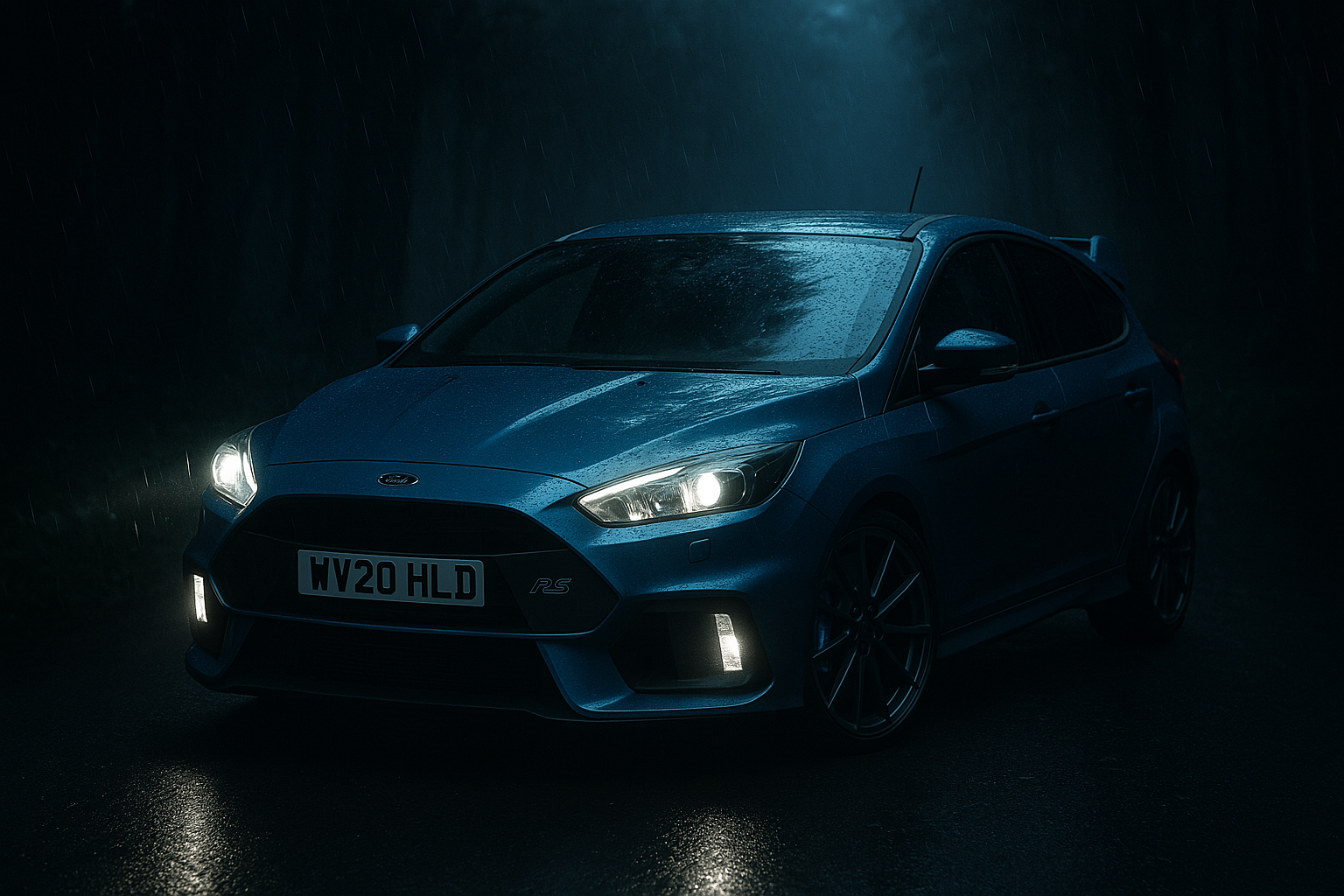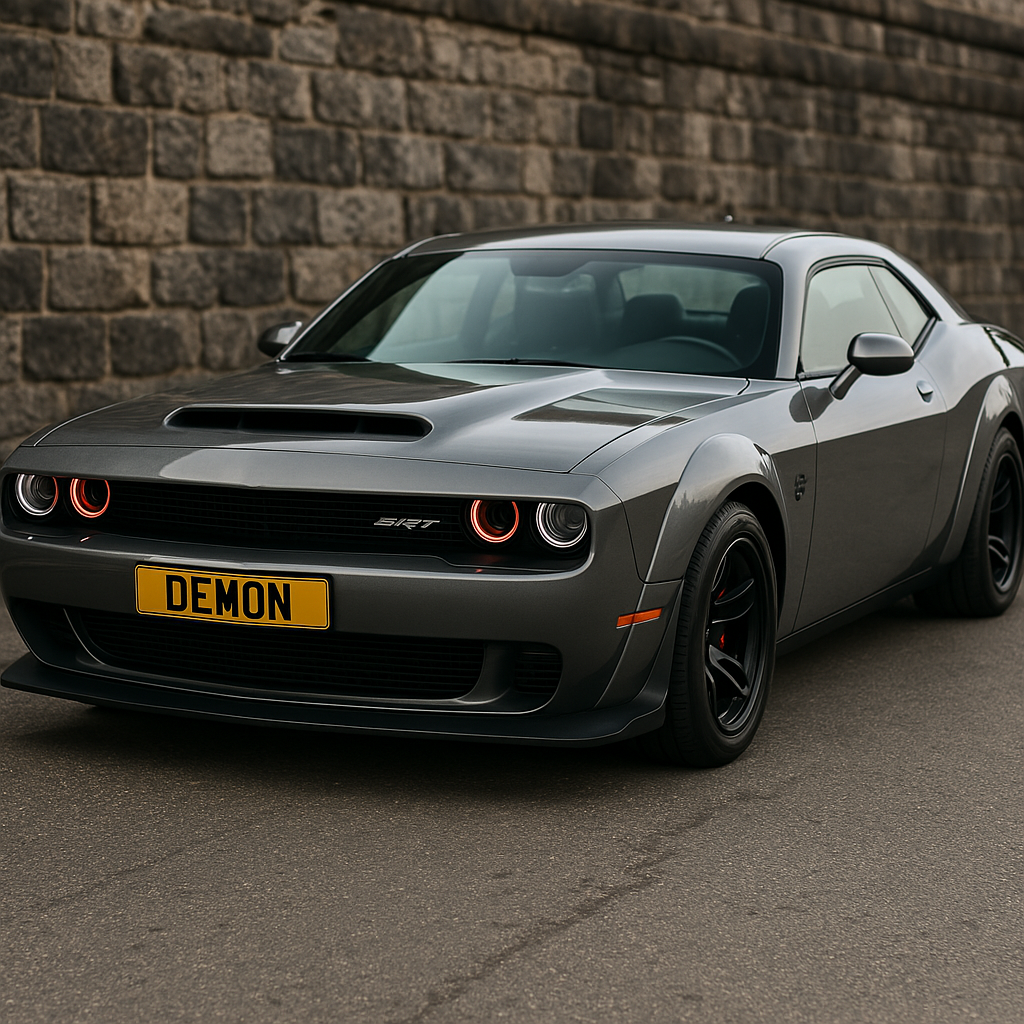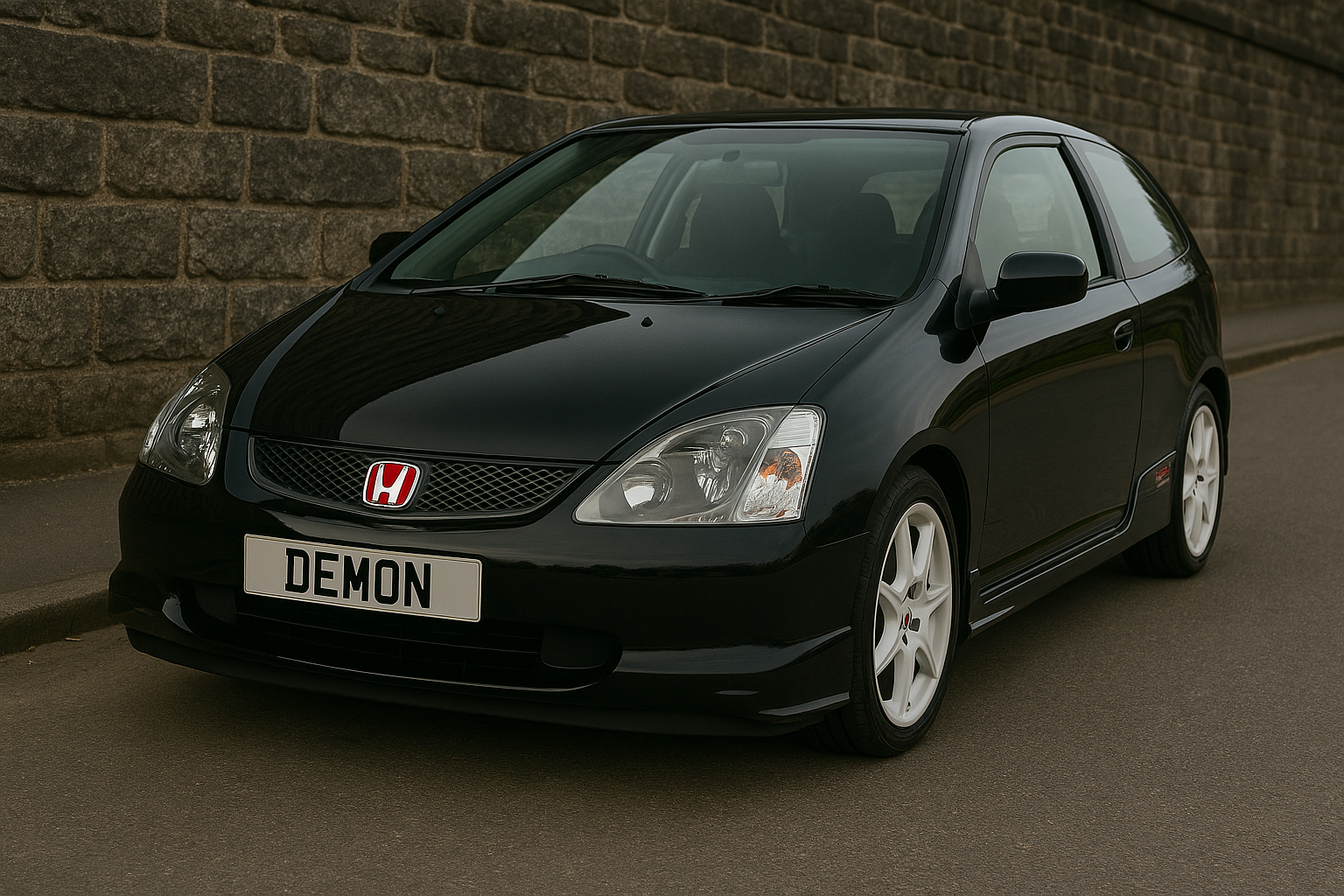Alright, so number plates might not be the flashiest part of a vehicle, but they’re doing more than just sitting there on your bumper. They're basically the vehicle’s ID tag—legally required, tightly regulated, and surprisingly structured.
In the UK, the Driver and Vehicle Licensing Agency (DVLA) calls the shots when it comes to who gets what. Whether it’s a shiny new car fresh from the showroom or a classic motor from decades ago, each plate has its own story—and some fairly strict rules behind it.
There’s a system to it all, even if it doesn’t always look that way. And yes, we’ll clear up a few myths you’ve probably heard about custom plates while we’re at it.
The Structure of a Number Plate

Modern plates in the UK follow a neat structure: two letters, two numbers, three more letters. Each part plays a role.
The first two letters show where the car was registered—“LA” could be from London, “MA” from Manchester. The two numbers? They reveal the registration date. It changes in March and September each year. “24” covers early 2024; “74” is for later that same year.
The last three letters are randomly assigned, just to keep each plate unique.
The DVLA also controls the font, spacing, and layout. Extras like national flags or borders? Allowed, but only if they follow strict rules.
How the DVLA Assigns Number Plates
When a new car is registered, it’s given a number plate from the current batch. Dealerships sort it for you, and the plate’s based on the date and region—nothing too fancy, just what’s next in line.
If you want something more personal, you’re looking at private or personalised plates. These are sold separately—some are affordable, others fetch thousands. They follow different rules but still need DVLA approval.
Swapping a plate between cars? That’s allowed too. Apply through the DVLA and pay a fee, and you can keep your favourite plate with your next vehicle.
Rules and Regulations for Number Plates

For something that looks simple, number plates have a lot of rules hanging over them. The DVLA doesn’t leave much to chance—there’s a specific font you have to use, fixed spacing between characters, and size measurements that can’t be fiddled with.
Plates on the front of a vehicle must have black characters on a white background, while the rear needs black characters on yellow. Both must be reflective. Anything outside these guidelines, and you’re asking for trouble.
You might’ve seen some plates with quirky fonts or odd spacing to spell out names or words—looks clever at first, but if it isn’t legal, it can land you with a fine. The car could even fail its MOT if the plates don’t meet the standard.
Police checks and ANPR (Automatic Number Plate Recognition) cameras are pretty sharp these days. They pick up illegal plates faster than you’d think.
So if you're tweaking your plate, stick to legal options. Otherwise, it's not just cosmetic—it’s a risk.
Special Number Plate Categories
Not every plate follows the same path. Some come with their own set of quirks and conditions, especially once you dip into the less typical categories.
Private and personalised plates are the big one. These are bought separately, either directly from the DVLA or through resellers. You can pick from thousands, but there are still limits—nothing rude, offensive or confusingly similar to standard plates gets through.
Then there’s the stuff for historic or classic vehicles. Cars over 40 years old can usually wear age-appropriate plates—often the older-style black plates with silver letters. They still need DVLA approval, but they do stand out, especially at classic car shows.
Government and diplomatic vehicles have their own unique identifiers too. You’ll spot them by odd formats—sometimes with fewer characters or letters that don’t follow the usual pattern.
And for imported or exported vehicles, it’s slightly more complex. Temporary plates or special identifiers are often used while the paperwork is sorted. Again, everything goes through DVLA checks.
So even within the system, there are a few tailored exceptions.
Changes to Number Plate Systems Over Time

Before the current layout kicked in, plates looked pretty different. If you’ve seen older cars with formats like “ABC 123D” or “A123 XYZ,” you’ve clocked the old suffix and prefix systems. These ran from the '60s up until 2001 and used a letter at the end—or start—to mark the year of registration.
Why the switch? Mainly to cope with demand. The newer format doubled the combinations available, and it’s easier for people to spot a car’s age right away.
As for the future, plates might keep adapting. With electric vehicles becoming more common, there's talk of systems that better reflect vehicle type. Tech is getting involved too—digital number plates and smarter ANPR systems are already making waves in other countries.
In short, it’s a system that keeps adapting—just slowly enough that you don’t always notice.
Common Misconceptions About Number Plates
Let’s bust a few of the more common myths:
- “You can make any custom plate you want.”
Not quite. There are rules—offensive or misleading combinations get blocked. - “You can reuse old plates freely.”
Not really. Some older plates are retired, and there are age limits on what can be transferred. - “Some letters are banned for no reason.”
There’s usually a reason. Offensive meanings or misleading layouts are common causes. - “Private plates affect your insurance.”
Not in terms of cost, but your insurer needs to know about the change.
So yes, there’s a proper system behind number plates—and it’s more structured than it seems at first glance.
Whether you’re driving a new car, restoring an old one, or shopping for something custom, it’s worth knowing how plates are decided and what the rules are. It’s not just about looks—it’s about staying road legal.
For more on the rules, head over to the official DVLA guidelines. And if you’re after a legal, made-to-last plate that looks the part? Here at Demon Plates, we can sort you out!
